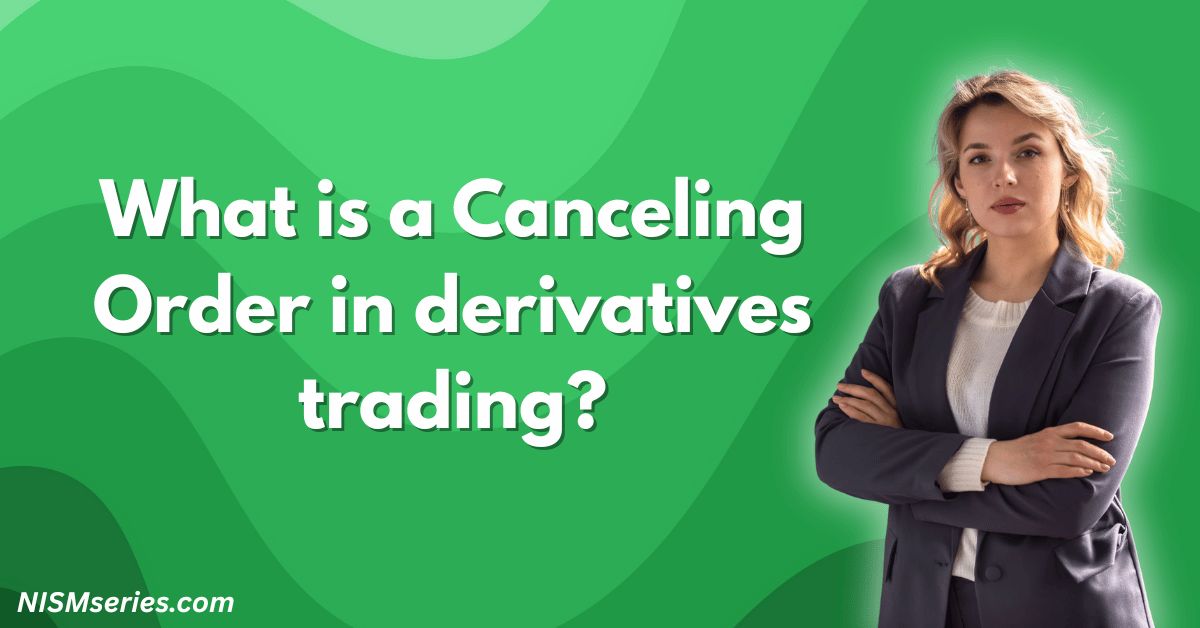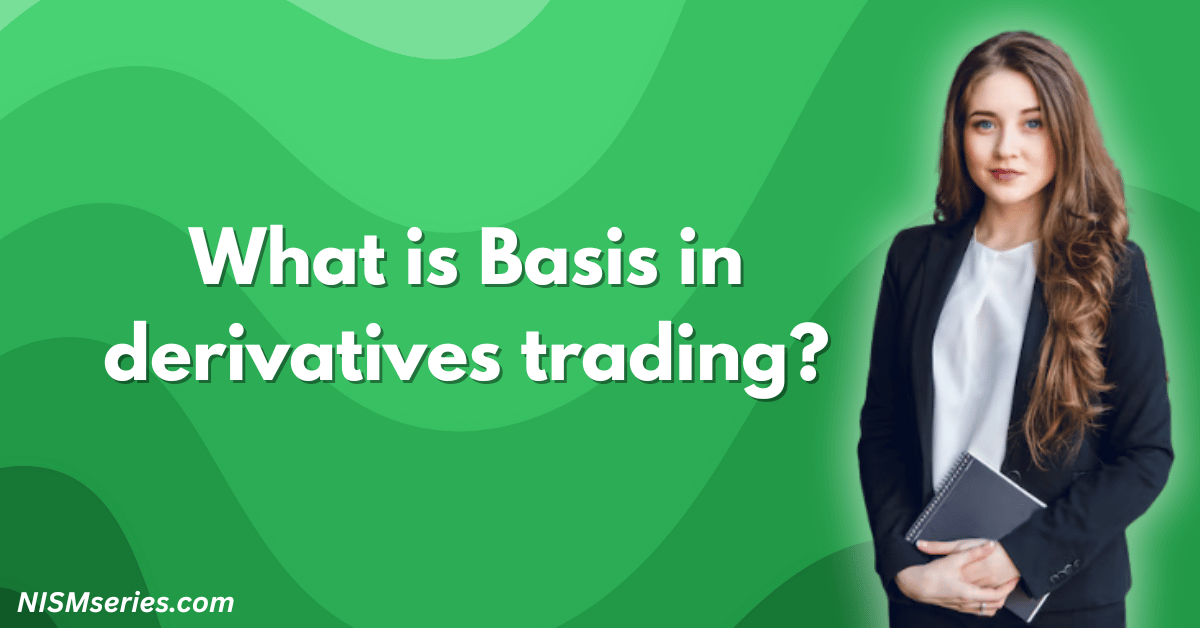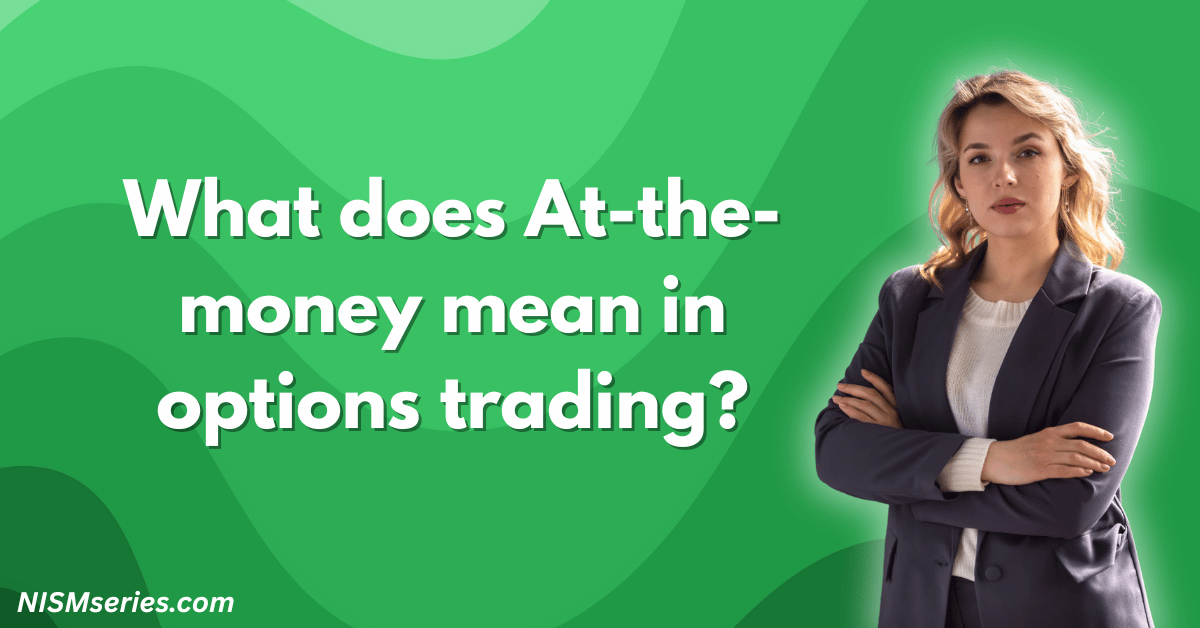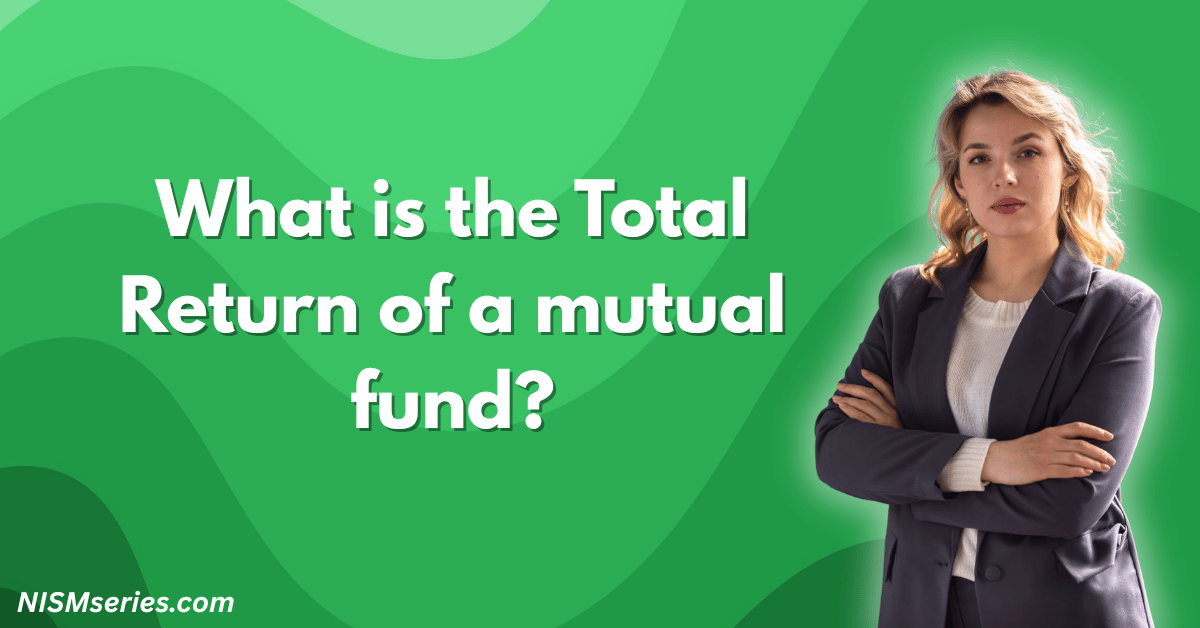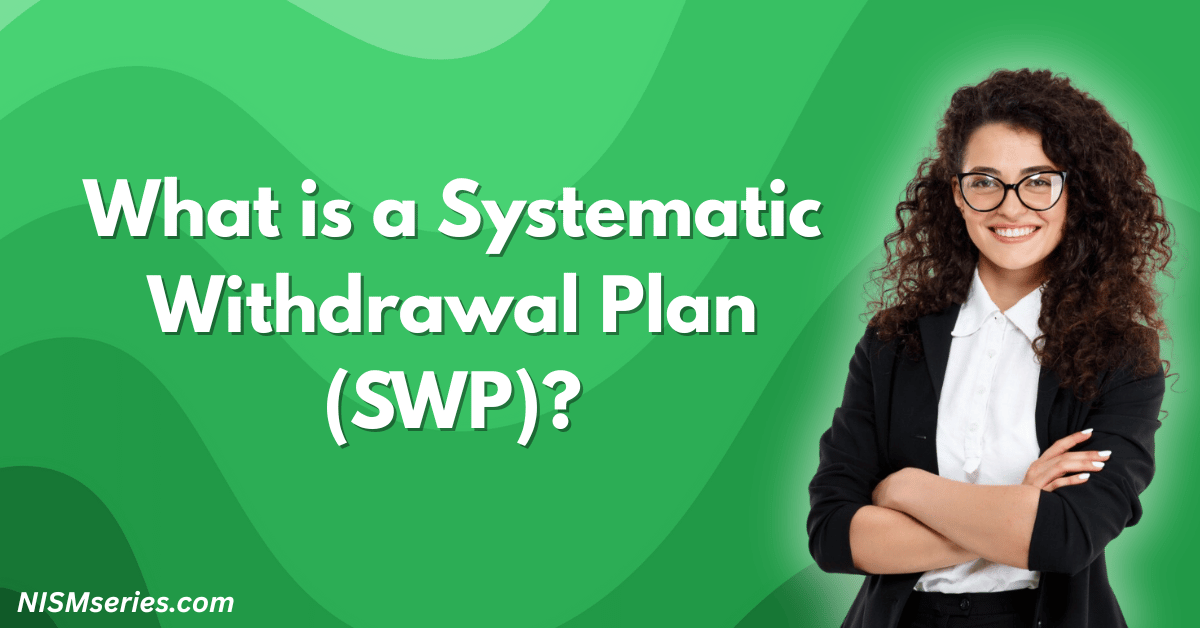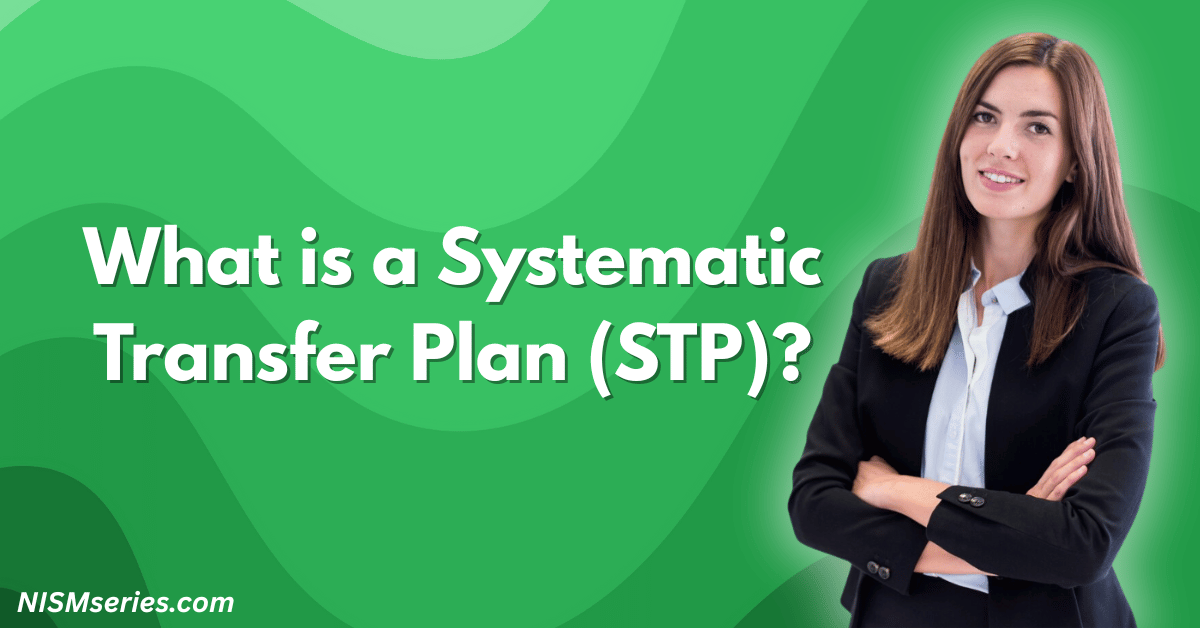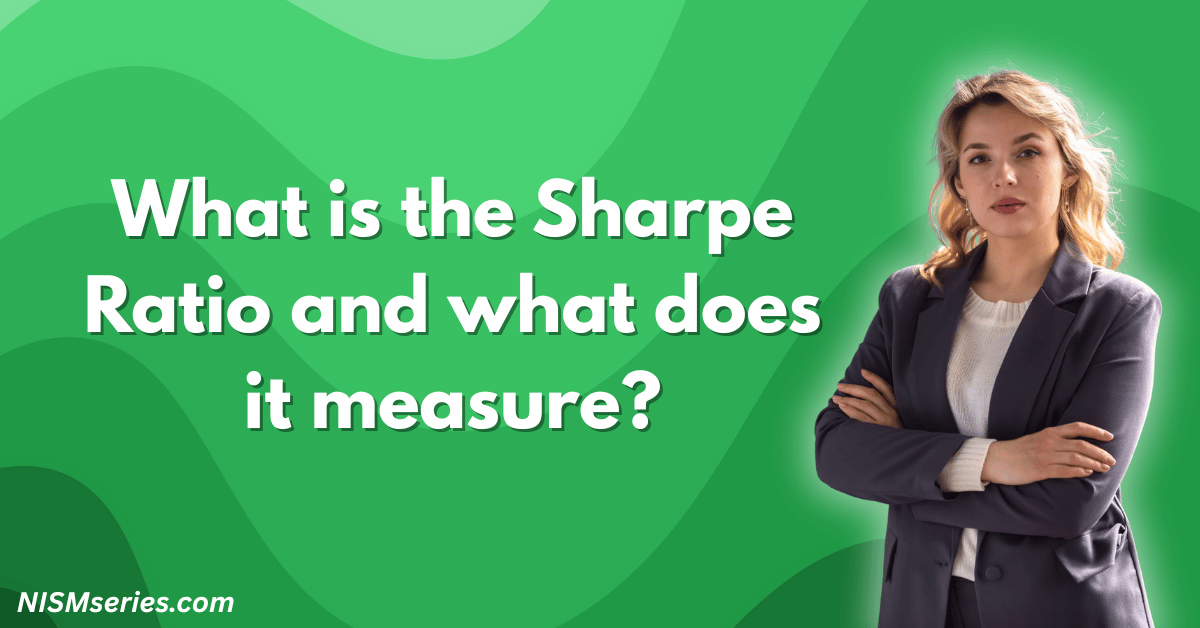Coupon payments are the interest payments bond owners get. For debt funds, these payments are the income the fund makes from the bonds it owns. The name “coupon” is old. It comes from a time when bonds had paper coupons. You had to cut them off to get your interest.
Coupon payments are the main way debt funds make money. They give a steady income, which is different from stocks. These payments are a legal promise. The bond must pay a set amount of interest. This gives a reliable income for careful investors.
Table of Contents
Understanding Coupon Payments
How Coupon Payments Work
Debt funds collect money from many investors. They use it to buy many bonds. When these bonds pay interest, the fund manager collects it. The manager uses that money to buy more bonds. This helps the fund grow faster.
The fund manager buys new bonds. They also buy bonds already being traded. For example, a bond might pay 8.5% interest a year. If the fund owns it for 50 days, it will earn part of that interest. The fund would get 1.164% for that time.
Coupon Rate vs Face Value Relationship
The coupon rate uses a simple formula: (Yearly Interest Payment ÷ The Bond’s Original Price) × 100. This helps compare different bonds fairly.
For example, a bond’s original price (face value) is ₹1,000. It pays ₹80 in interest each year. The coupon rate is 8%. This rate does not change. This helps investors know what income to expect.
Types and Characteristics of Coupon Payments
Fixed Rate Coupon Payments
Fixed-rate coupon payments mean the interest rate never changes. This gives you a steady income you can count on. Most Government of India bonds use this system.
Benefits of Fixed Coupon Payments
Fixed coupons give you a sure income. They also protect you if interest rates go down. When market rates fall, old bonds with a higher fixed rate become more valuable. This makes your fund’s value go up.
Risks with Fixed Coupon Payments
The main risk is that interest rates might go up. When market rates rise, a bond with a lower fixed rate becomes less valuable. Its price will fall. Another risk is inflation. When prices go up, your fixed payment buys less.
Variable Rate Coupon Payments
Floating Rate Mechanisms
Floating rate bonds have an interest rate that changes. It is often updated every six months or once a year. These bonds change with the market. This protects you from rising prices. It also gives you flexibility with interest rates.
Reference Rate Dependencies
The interest rate on a floating rate bond is tied to a guide. This could be the interest rate on 182-day Treasury Bills. For example, some government bonds pay 7.11% interest a year. The rate gets updated every six months. It changes with the market.
Zero Coupon Bonds
Zero coupon bonds are very different. They do not pay any regular interest. Instead, you buy them for a low price. When the bond ends, you get the full price back. The money you make is the difference.
Treasury Bills from the RBI are a good example. They are short-term zero coupon bonds. Some companies also sell zero coupon bonds.
Payment Frequency Options
Annual Coupon Payments
Some bonds pay interest once a year. Long-term government bonds often do this. It is simple and easy.
Semi-annual Coupon Payments
Many bonds pay interest twice a year. This is the most common way. Most government and company bonds do this.
Quarterly and Monthly Payments
Some bonds pay interest four times a year or every month. This is good for people who want a regular income.
Coupon Payment Calculation and Impact Factors
How are Coupon Payments calculated?
You calculate the coupon payment by multiplying the bond’s original price (face value) by the interest rate. If the payment is twice a year, you divide the yearly rate by two for each payment.
Factors Affecting Coupon Payment Amounts
A company’s trust level (credit rating) affects the interest rate. A less trusted company must pay a higher rate to make up for the risk. The economy and government plans also affect the interest rate.
Coupon Rate vs Current Yield Differences
The coupon rate on a bond is fixed. It never changes. But the “current yield” always changes. The current yield changes when the bond’s price in the market changes. If the bond’s market price goes up, its current yield goes down. If the price goes down, the yield goes up.
Credit Risk Impact on Coupon Payments
The more risk a bond has (credit risk), the higher the interest payment will be. Fund managers must choose between getting a higher interest payment and taking a bigger risk. This choice decides how the fund is built.
FAQ
When do investors receive Coupon Payments?
You do not get coupon payments directly. The fund uses that money to buy more bonds. This helps the fund grow. The fund’s value (NAV) goes up.
Do Coupon Payments change over time?
For fixed-rate bonds, payments are always the same. For floating-rate bonds, payments change when market interest rates change. For example, when the RBI cut interest rates, floating-rate bonds started paying less.
Are Coupon Payments taxable?
Yes. You must pay tax on any money you make from a debt fund. You will be taxed at your personal income tax rate. The old tax benefits are gone.
How do Coupon Payments affect fund returns?
Coupon payments are the main way a debt fund makes money. Funds that own bonds with high interest payments give you a steadier income. But these funds are also more risky.
What happens to Coupon Payments at maturity?
When a bond ends, the owner gets the last interest payment and the main loan amount back. For a debt fund, the fund manager gets this money. The manager must use it to buy new bonds or give it back to investors. This depends on the fund’s goals.



